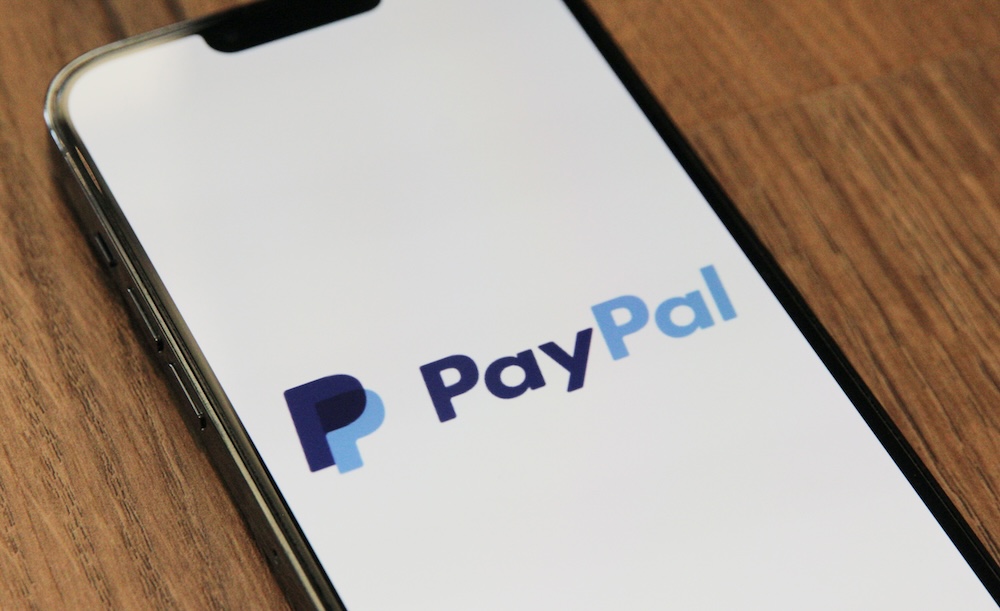E-Commerce ≠ AI-Commerce
Access Credits
6 min readThe Future of Commerce will revolve around a new consumer: trillions of AIs
At Nevermined, we’ve been immersed in AI, decentralization and commerce for the past 7 years. During this time, we’ve researched and built solutions to address a plethora of topics:
- Data & Machine Learning Model Access Control
- Asset Monetization
- Decentralized Machine Learning (aka Data In-Situ Computation)
- Tokenized Subscription Models
For us, much of what we built was out of necessity. We saw (and often predicted) emergent problems and then created the solution.
Many of these creations were embedded into the Data and AI Marketplace that we launched earlier this summer. And while the topics we address continue to evolve, one thing has stayed the same: the existing mechanisms and solutions that enable and govern e-commerce will not scale to AI-commerce.
For one, we firmly believe that AIs will not have bank accounts. How could they if they cannot pass existing KYC or KYB requirements? What they will have are wallets on blockchains. What’s clear to us is this:
We need a new tech stack for AI-commerce.
And most of it still needs to be defined and built.

AI-What?
We believe that AI does not just represent the emergence of a new, revolutionary technology. Rather, it represents the emergence of a wholly new type of consumer. We are witnessing the rise of trillions of AIs that will change commerce forever. How these AIs interact with one another, as well as non-silicon based agents (i.e. humans), will differ drastically from existing forms of transaction. What drives these AIs, and how they signal their demands and interests is entirely undiscovered.
So what is AI-commerce? Well, we for sure know what it won’t be: it won’t be slow. AIs will be able to transact at unimaginable speeds and incredible volumes. They will be able to discover and establish connections with other agents at unprecedented levels. And they will be able to handle and manage complex business and legal logic in real time. Existing e-commerce solutions simply won’t scale to the demands of AI.
What’s more, humans, with our relatively small Dunbar’s number, are limited to making about 150 connections at any given time with other agents in an ecosystem. AIs, however, will not have this limitation. It’s possible that an AI’s Dunbar’s number, through massive parallelization of itself, could be limitless, constrained only by energy needs.
With this incredible potential to increase the volume and velocity of commercial interactions, we are left pondering how our existing e-commerce infrastructure will manage under the weight of this additional load. Can existing payment rails support truly instantaneous settlement (given that we still don’t have t+0 with current Internet penetration, it’s unlikely…)? Also, how do we handle the future of complex AI transactions which effectively resemble a bartering bazaar of AIs? Only time will tell, but we plan to start shaping the AI-commerce landscape now.
What’s clear is this: AIs like ChatGPT or Gemini hold the potential to fundamentally change how humans interact with the digital realm. In the longer term, AIs will act more and more independently, interacting proactively with other AIs and end users. This is what we call AI-commerce.
Look to the past to understand the present
To understand the unknown, it’s good to look to the past and discover analogues that can shine light on the present. That way we can try to understand how things might evolve as we progress into the future. So let’s take a little detour…
Back in the 90’s, the Internet was revolutionary, with the same sense of promise that AI brings now. Websites were being built at a dizzying pace by hobbyists who wanted to bring the physical world online. Soon, websites for buying and selling goods began to emerge. But something was missing… a simple means to pay that everyone could trust, beyond the traditional, unscalable mechanisms, like cash-on-delivery.
Enter PayPal.
PayPal was the first, truly scalable payments solution for the Internet age, and it changed commerce as we knew it. By unlocking the potential of fledgling e-commerce, starting in particular with Ebay, PayPal ushered in a revolution for online transacting. Without this native internet payment gateway, e-commerce would have remained the dominion of nerds and hobbyists. Instead, it thrust Internet based commerce onto the path of credibility.

What’s the Problem?
E-commerce ≠ AI-commerce
Fast forward to today.
What we’re experiencing, both at Nevermined and elsewhere, is a recurring problem: AI payments are hard. Those that have built AI agents almost exclusively turn to Stripe when they want to get paid by their users. The issue is that Stripe does not provide a system of unit accounting for the AI services being used.
Take, for example, a “GPT” that gives users the choice of using GPT3 or GPT3.5 Turbo to render a response. Each of these LLMs has a different cost associated with it, so depending on the user’s selection, as well as the complexity of their prompt, the cost for the service changes.
Stripe does not handle the accounting for variable pricing. The result: AI builders are forced to develop their own system of unit accounting. These homegrown credits systems range from the complex, like OpenAIs, to the very simple (ex. GPTs that charge a fixed amount per month).
Often this results in two outcomes: the AI builder charging their users too much, or, even worse, too little, which then requires the Builder to foot the bill. Also, because there is no alternative, the development of these solutions means Builders need to spend precious time and resources developing and managing their own point of sales. This is time that would obviously be better spent optimizing their AI for their users.
What’s needed is a scalable, end-to-end payments system for AI. This system must handle dynamic selection of LLMs and other AI capabilities, and the ability to account for variable pricing that comes with dynamic selection and inputs. In addition, the solution must be able to authenticate users so that the system of unit accounting for usage can enforce payments for usage. Lastly, the system must be simple enough to scale to thousands of Builders so that they can spend more time on building the AI that will get them paid.
In other words, we need the PayPal of AI-commerce.

Where do we go from here?
So this is where we are. Just like 30+ years ago, we’re currently handcuffed by legacy processes and solutions that cannot adapt to the demands of a new, revolutionary technology. And when the solution doesn’t exist, we at Nevermined take it upon ourselves to go out and build it.
Clearly what we need now is AI-commerce’s version of PayPal. So we’re about to release a reliable Point of Sales system that allows AI Builders to get paid based on what gets used. We believe this is the first step towards a Payment infrastructure for AI. Ultimately, this payments system needs to scale to semi-autonomous and autonomous AI agents, reducing transactional friction between all agents of the AI domain. By doing so, we will enable the emergence of trillions of AIs, and again change the face of commerce as we know it.